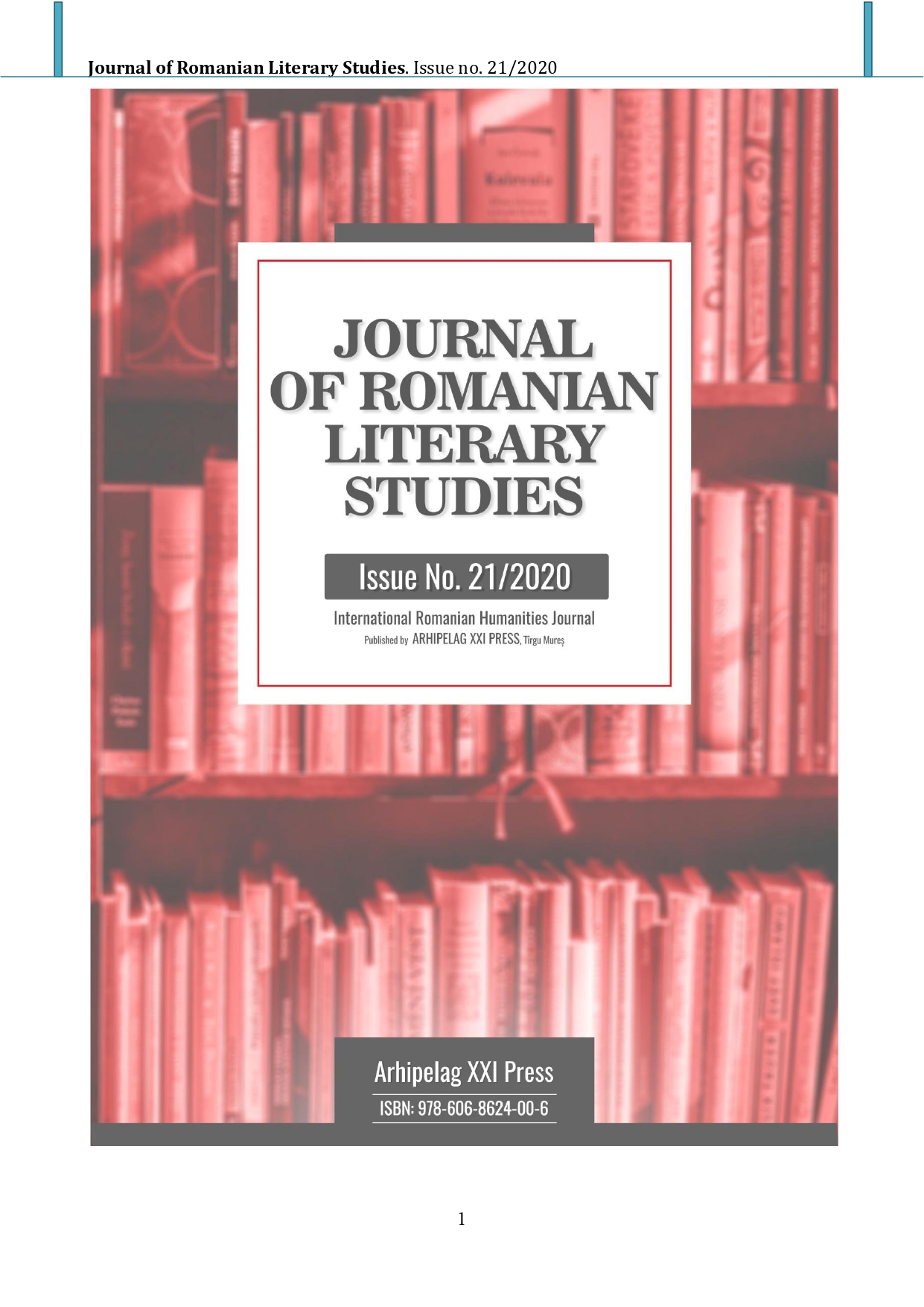STRUCTURES OF LANGUAGE IN ”A DEATH THAT DOESN'T PROVE ANYTHING”
STRUCTURES OF LANGUAGE IN ”A DEATH THAT DOESN'T PROVE ANYTHING”
Author(s): Andreia Maria DemeterSubject(s): Novel, Descriptive linguistics, Romanian Literature, Philology, Theory of Literature, Stylistics
Published by: Editura Arhipelag XXI
Keywords: language; premonitions; feelings; writing; critics;
Summary/Abstract: When Anton Holban writes about literature, one can hardly say that he does a proper literary critics. But reading sympathetically the books that meet this anxieties, he manages to formulate deep observations, in spite of an insufficient critical language. The writer did not practise a professionalized reading, like it is sometimes the case of the critics who are obliged to accept piles of volumes, no matter their value, in order to set a hierarchy. Holban often confessed that, given the shortness of life (this is one of his fundamental premonitions) he couldn’t afford to read what he wasn’t interested in. His readings are obssessive and elective. Racine, B. Constant, Fromentin, Proust, Huxley, Thomas Hardy, H. Papadat-Bengescu are his reference authors. Holban’s work identifies with his own life, he didn’t add anything, he just repeated, he didn’t invent but reproduced, being interested only to create an authentic atmosphere proving that he is the promoter of a modern poetics in novel, whose centre is the concept of authenticity. The novelist adopts an insolite strategy aimed to confuse the reader, giving the same name to different characters. He prefers the first person narrative and this reality is able to place the writer in the centre of his own interest, literature becoming a process of self-knowledge. Holban depicts himself only in one character who gathers all the experiences, feelings, anxieties, fears and aspirations, in a word, his human condition.
Journal: Journal of Romanian Literary Studies
- Issue Year: 2020
- Issue No: 21
- Page Range: 552-560
- Page Count: 9
- Language: Romanian

